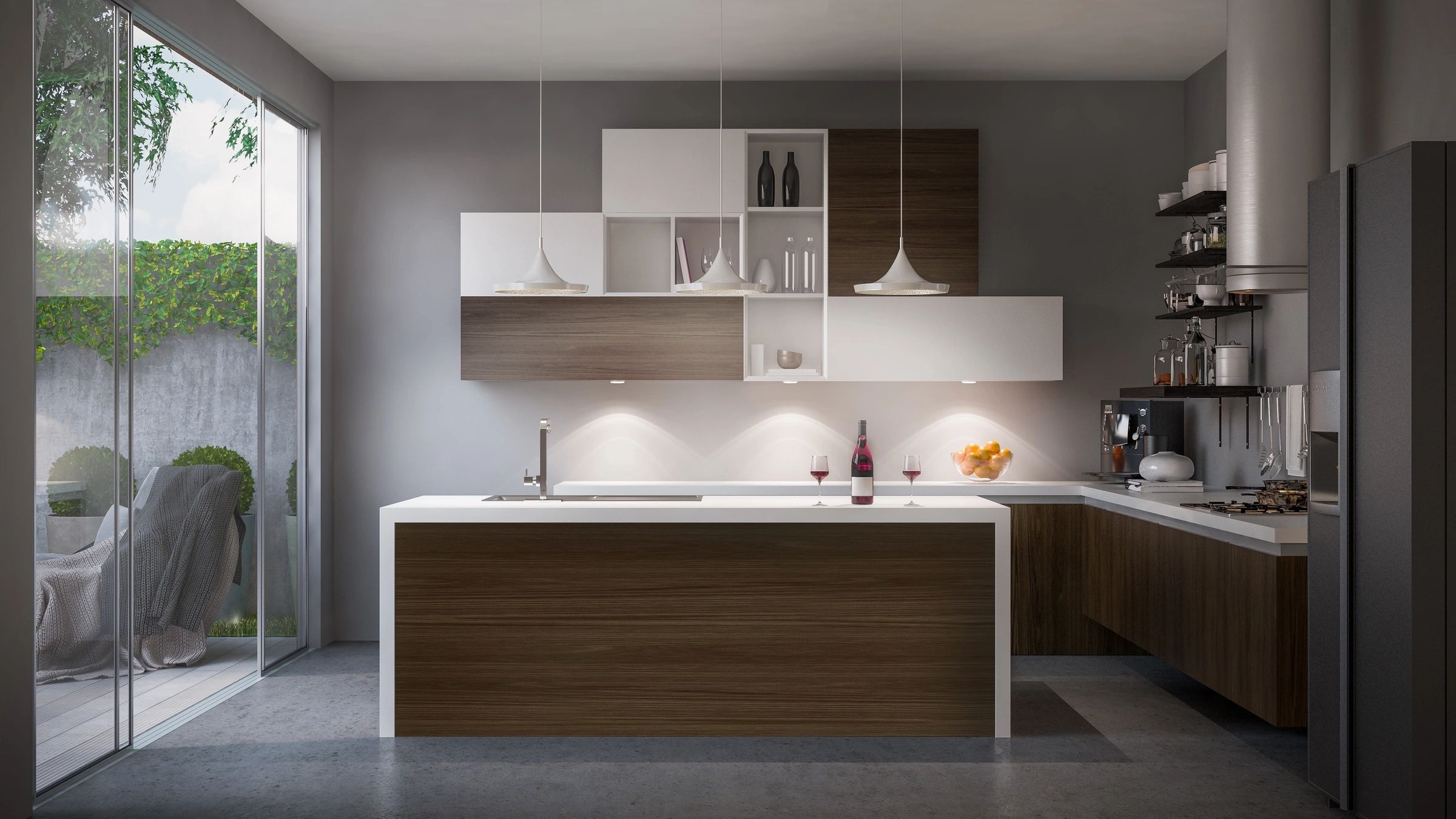Kitchen remodels are a popular but pricey project for many homeowners. With people spending more time at home right now because of COVID-19, undoubtedly, many are considering remodels.
To save money on kitchen projects, some homeowners go the IKEA kitchen route.
You can ultimately save thousands or even tens of thousands of dollars, but is it worth it? That’s a decision that’s up to the individual, but there are certain things to know about an IKEA kitchen.
Designing an IKEA Kitchen
One of the big challenges with the IKEA kitchen is the initial design process. You can go to a store location and have someone help you with the design. If you live near an IKEA, that can simplify things, and you avoid the potential of your mistakes derailing your project.
Not everyone lives near an IKEA, however. You may be planning to get your kitchen shipped.
If so, there is an online planning tool available.
The concept of an IKEA kitchen is similar to their furniture. Along with being budget-friendly, things are packed and shipped in a way that’s ready to put together. You may be able to do it on your own, without a contractor.
As you start planning and using the design planner, one of the most important things to remember is to measure, measure, and measure again.
You need to account for things like outlets, window openings, and door swings.
Once you have measurements, you can start thinking about your kitchen zones, which just means where you’ll put everything and how it will flow.
Are the Cabinets High-Quality?
Cabinets, particularly if you go the custom route, are incredibly expensive. IKEA cabinets are significantly less expensive.
The thing about IKEA cabinets is that they are made from particleboard and then covered in laminate. Some people do prefer solid wood. Again, that’s a personal decision.
Since the cabinets from IKEA don’t come in custom sizes, if you have an odd space or something doesn’t work out just right, you might have to use a filler piece.
The 3D planner tool again is a critical component of planning your kitchen. It’s somewhat like a puzzle.
You can add features like internal organizers to your cabinets, and there are available features like drawer dampeners that give you a soft close.
There are base cabinets, which are your lower cabinets under the counter. They’re available in two depths, and the standard depth is 24 inches.
Then, wall cabinets go above the countertops. Most wall cabinets are 15 inches, which is a standard depth.
If you want additional storage, which is somewhat like a free-standing pantry, there are tall cabinets. They sit on the floor and are available in two heights—80 or 90 inches.
You can decide between exposed legs and toe kicks for your base cabinets.
What About the Countertop?
IKEA does have countertops, but you might want to go elsewhere even if you get your cabinets from there.
The countertop options are either laminate or veneer.
Putting it Together
Again, all of the different pieces and components of your IKEA kitchen won’t be assembled when they arrive. You can put them together yourself or hire a contractor. You should have your kitchen delivered instead of picking it up, and you may find that if you have a larger kitchen, you have more than 100 boxes.
Putting everything together and installing the components correctly plays a big role in the durability and quality of your IKEA kitchen. If you’re unsure of your skills, you should think about having someone help you.
Finally, if you have an odd-shaped kitchen or layout and you don’t plan on changing it, you could be limited in your options for an IKEA kitchen. This is simply because IKEA kitchens are modular and there’s not a lot of room for customization. A straight-line kitchen is a best-case scenario if you’re going with IKEA.
Whether or not an IKEA kitchen is worth the cost savings depends on your preferences, the layout of your kitchen, how handy you are, and what your budget is.




